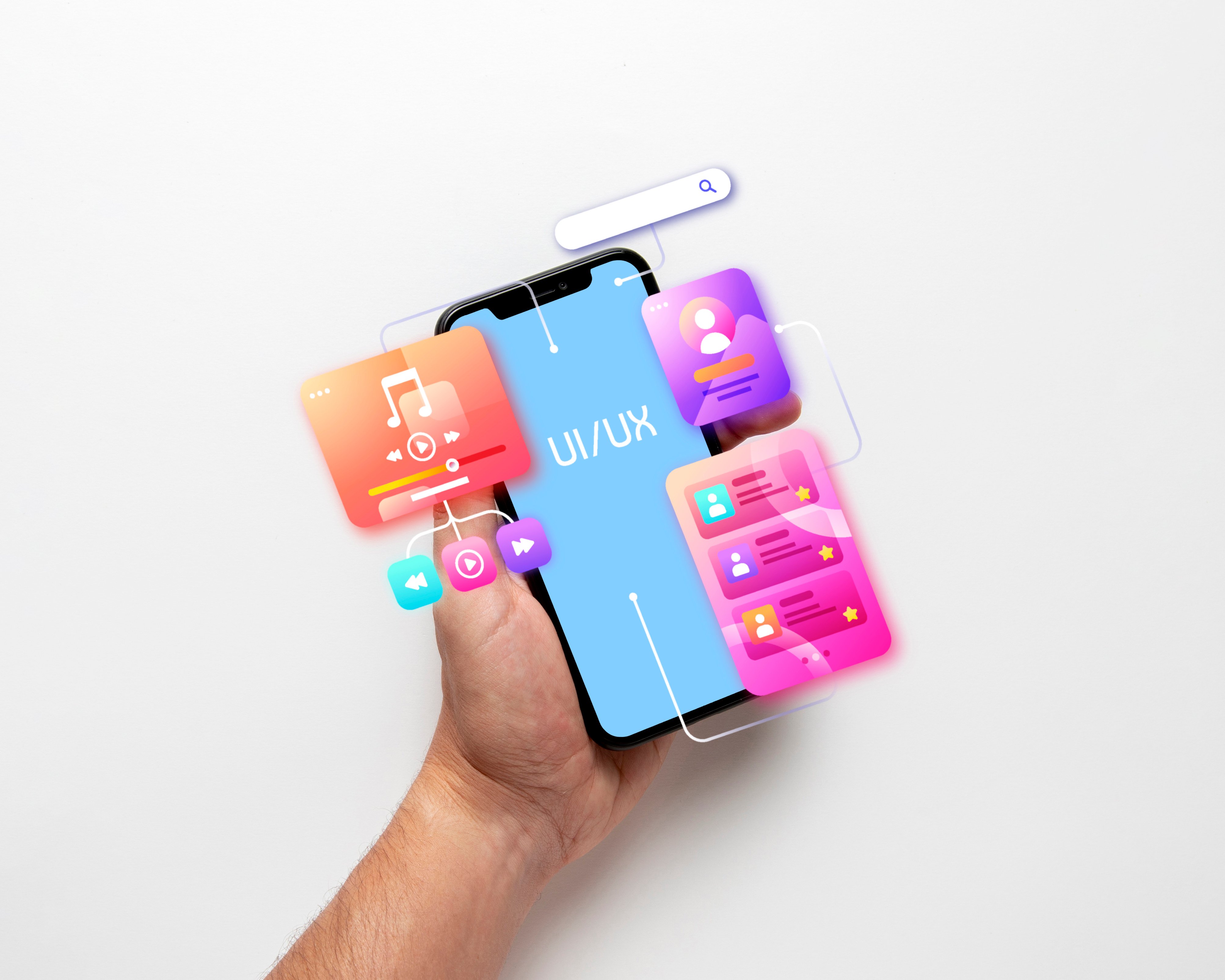In an increasingly mobile-first world, businesses rely on apps to connect with customers, enhance engagement, and drive conversions. With smartphone penetration climbing globally, an effective app strategy can unlock significant revenue and build lasting brand loyalty. Here, we explore successful app strategies from leading brands, highlighting key elements like user experience (UX), personalization, and data-driven optimization.
1. Prioritizing Seamless User Experience (UX)
Focus on a user-centric design that eliminates friction. Simple layouts, quick access to main features, and personalization options contribute to an engaging experience, encouraging regular app usage.
Headspace, a popular meditation app, exemplifies the power of an intuitive and enjoyable UX. The app’s design is simple and visually appealing, with clear navigation and quick access to core features like guided meditations and sleep sounds. Headspace emphasizes ease-of-use, reducing steps to help users reach content quickly.
2. Personalization for Deeper Engagement
Use customer data to create personalized experiences. Recommendations based on preferences or past orders can turn a functional app into a valuable companion that fosters loyalty.
Starbucks leverages personalization to enhance its mobile app experience. From tailored product recommendations to real-time offers based on user behavior, Starbucks taps into data to provide personalized suggestions and promotions. By understanding customer preferences, Starbucks encourages repeat visits and builds brand loyalty.
The app’s reward-based offers, like a discounted favorite drink on birthdays, make the experience personal and rewarding for users, increasing customer retention.
3. Implementing Gamification for Engagement
.jpg)
Integrate elements of gamification, such as challenges and rewards, to increase user retention. Making the experience fun and rewarding can enhance user commitment to the app.
Nike Run Club has successfully implemented gamification to keep users engaged. By providing badges, challenges, and rewards for completing activities, Nike motivates users to stay active and return to the app. This strategy not only builds community but also encourages consistent app usage.
Users can join global challenges or set personal goals, earning badges that celebrate their achievements. This feature has driven high user engagement and community building within the app.
4. Utilizing Data Analytics for Continuous Improvement

Rely on data analytics to adapt and optimize the app experience. Regularly update your app based on user feedback and behavior patterns to remain relevant and user-friendly.
Duolingo, a language-learning app, uses data analytics to understand user behavior and optimize its app. By analyzing user engagement patterns, Duolingo makes adjustments that enhance the learning experience, such as adjusting lesson difficulty based on user progress. This data-driven approach has helped the app maintain high engagement rates and user satisfaction.
The app customizes lessons according to user performance, adapting difficulty levels to ensure users are challenged yet supported throughout their learning journey.
5. Expanding Functionality to Add Value

Go beyond transactional features. Consider incorporating technology that adds real value to the user’s lifestyle, making your app indispensable in their daily lives.
Sephora has evolved its mobile app into a complete shopping and beauty guide, offering features like augmented reality (AR) for virtual try-ons, personalized recommendations, and beauty tips. These features transform the app from a simple shopping platform to a comprehensive beauty experience, making it a valuable resource for customers.
With AR technology, users can virtually try on makeup before purchasing. This functionality provides added value by helping users make informed buying decisions.
6. Simplifying Onboarding for Higher Retention
Design an onboarding experience that’s quick, intuitive, and welcoming. The first impression counts, and a smooth start can lead to long-term user retention.
Revolut, a digital banking app, has mastered the art of onboarding. With a streamlined sign-up process and easy account setup, Revolut quickly brings users into its ecosystem. This simplified onboarding has helped the app retain new users and drive the adoption of its financial products.
By breaking down onboarding into small steps with progress indicators, Revolut ensures users aren’t overwhelmed and can complete setup in minutes.
Conclusion: Building a Successful App Strategy
Each of these examples showcases different elements of a successful app strategy. From personalization and gamification to advanced UX design and seamless onboarding, today’s top apps meet users’ needs at every step. By incorporating these practices, businesses can create apps that not only meet functional needs but also offer value, enjoyment, and long-term engagement.
To learn more about building effective app strategies in the Gulf region, don't hesitate to contact us.
For more insights on the latest mobile Apps check our previous blog post on Hybrid vs Native App Definition and read all about the Future of AI in Mobile Apps.



